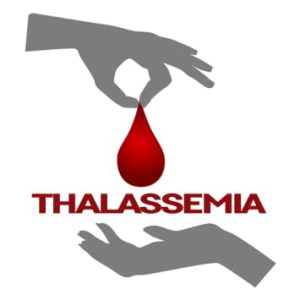Thalassemia is an inherited genetic disease caused by defects in the formation of hemoglobin protein chains.
Thalassemia is divided into two types: alpha thalassemia and beta thalassemia. Beta thalassemia itself includes thalassemia major (severe thalassemia) and thalassemia minor or mild thalassemia.

A person with thalassemia minor has inherited a healthy gene from one parent and a disease gene from another parent; This person is not considered a patient and has a normal life, but a person with thalassemia major has inherited one disease gene from the father and the other gene from the mother.
Due to ineffective hematopoiesis, hematopoietic centers outside the bone marrow, including the liver and spleen, begin to bleed and enlarge. The disease usually presents as severe anemia in the first 6 months of a child’s life. If blood is not started, bone marrow tissue and hematopoietic sites outside the bone marrow become active and enlarged, causing the bone marrow to enlarge, especially the broad bones (face and skull). The liver and spleen become enlarged.
These symptoms include anemia, jaundice, paleness, deformity of the bones of the face and skull, enlarged abdomen (liver and spleen), enlarged heart, and diabetes. (In old age)
The disease is difficult to treat and usually involves a blood transfusion every month for the rest of your life and taking iron-containing medication as a few hours of subcutaneous injection several times a week.
The best way to prevent the birth of a baby with thalassemia is not to marry two thalassemia carriers, but if these people are married to each other, genetic testing on the fetus at 10 to 12 weeks of pregnancy at each time of pregnancy is necessary.
Medical site and health magazine im healthiest
